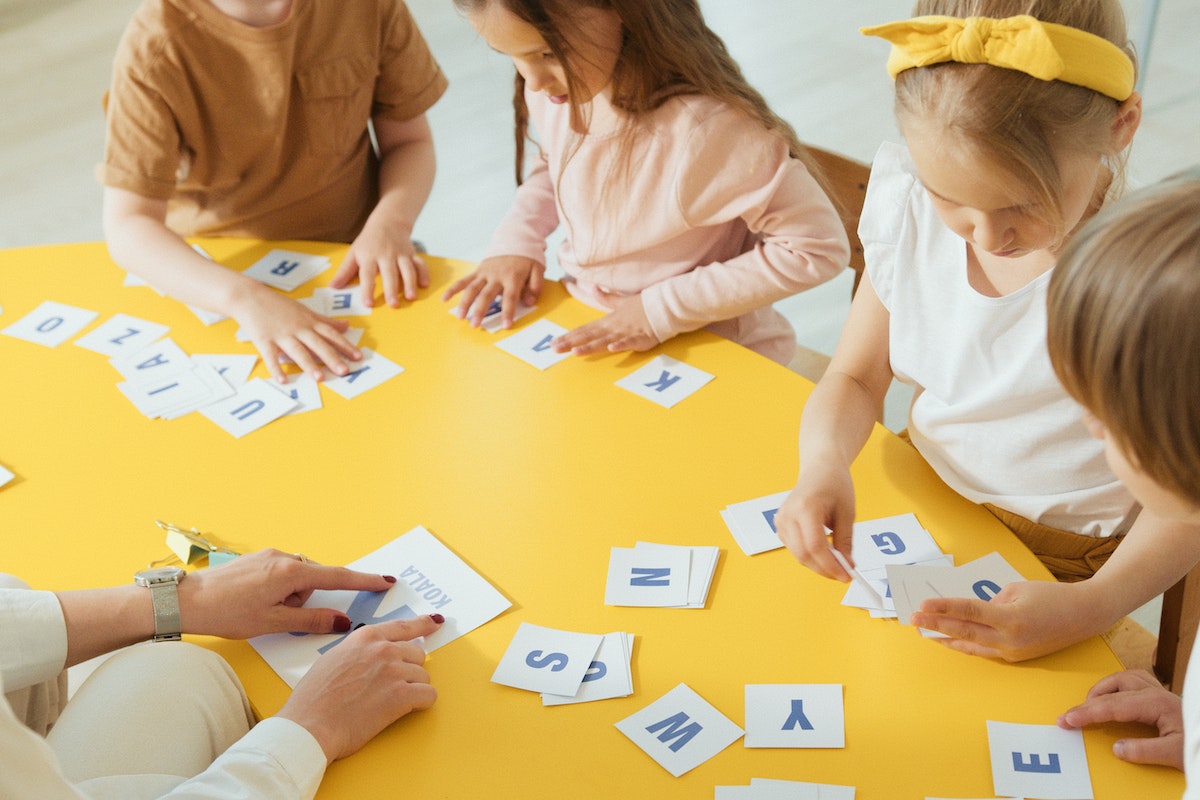
When it comes to reading, not all kids are created equal. Some children can read fluently at a young age while others struggle to sound out even the simplest of words. The good news is that studies show that they can learn the alphabet, and more importantly, love it! With plenty of practice and reinforcement, they’ll soon be able to identify every letter and begin putting them together to form words. Learning the alphabet is an essential skill for first graders who are learning to read as well as older kids who want to start learning another language or expand their vocabulary in one that they already know. No matter what stage your child is at in their literacy development, these tips will help you teach them the alphabet so they’ll never have trouble recognizing those letters again.
Do Make It a Habit
Consistency is key. You want to make sure your child’s first experiences with the alphabet are positive and laid back so they feel comfortable with the new skill. Make learning the alphabet a daily habit, whether it be before nap time or after reading a book before bedtime. If you space it out too much, they may forget what they learned the day before and you’ll have to start all over again.
Do Start Same Letter Words
Young children have short attention spans, so it’s best to start with the same letter words. For instance, if they are learning the letter A, you can start with words that begin with A for example; apple, airplane, and alligator, just to name a few. This way, they can easily learn by associating it with words that are familiar to them. As they progress, you can move on to words that begin with other letters.
Do Play Games
Reading, writing, and Rithmetic are the three R’s of education. While reading and writing are obvious ways to teach the alphabet, don’t forget the importance of arithmetic when teaching young toddlers and preschoolers. Counting is an important skill in early childhood education and can help your kid better understand how letters correspond to numbers. It’s important to keep in mind that not all letters appear in every number. So, if they are struggling to associate the letter with the number, that’s okay! The important thing is that they’re trying.
Do Take Advantage of Technology
Technology has come a long way and is a great way to teach your youngster the alphabet. There are tons of apps out there that can help them learn letters in a fun and interactive way. You can also use letters in your child’s name to make it more personal and memorable. Consider adding letters or pictures of things they like (for example, their favorite toy or color). You can use alphabet magnets, play games, or even make an alphabet book! They will love seeing their name in lights, and you can even make it a great keepsake to pass down to them when they’re older.
Don’t Make It a Chore
Learning should be a fun and exciting experience for both you and your youngster. Don’t make it a chore by making them feel like they’re in a classroom or under a lot of pressure. If they start to get frustrated, take a break and try again another day. The Alphabet shouldn’t be rushed or stressful, it should be fun and relaxed. As they say, Rome wasn’t built in a day, so don’t expect them to learn the entire alphabet in one day either!
Do Use Visuals
Utilizing visuals, such as flashcards or posters is a great way for parents or teachers to use when learning how to teach a child the alphabet. You can create cards for each letter of the alphabet with examples of words that begin with it. You can also make a poster. This is a great way for your youngster to see them all in one place and quickly recognize them.
Do Reward Their Progress
As your youngster progresses and masters the alphabet, reward them with something they’ll love, such as a new toy or a trip to the park. Rewarding their progress will boost their confidence in a new skill and encourage them to keep practicing and learning.
Don’t Forget to Take Breaks
Not only is this a great way to spend quality time with your kid, but it’s a great way to practice. Whenever your youngster sees an interesting sign out in public, encourage them to read it and then quiz them afterward to see if they remember. This is an easy way to learn that doesn’t feel like you’re forcing them to do extra work. As they progress, they’ll be able to read street signs and billboards, which can be both fun and helpful.
The alphabet is like the magical key to reading, writing, and an entire world of new knowledge and experiences. There’s no better gift you can give your child than the gift of literacy, which is why we suggest you start teaching the alphabet as early as possible. Whether they’re just starting to learn their letters or struggling with reading, these tips will help you make the process easier and more enjoyable for them.


